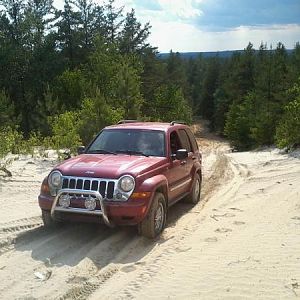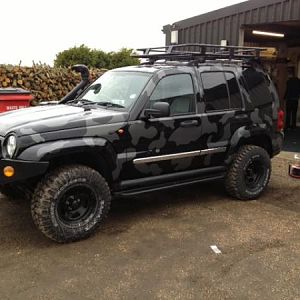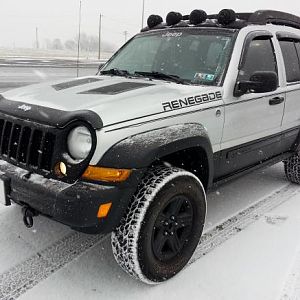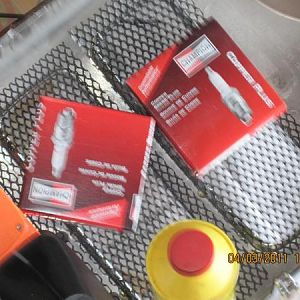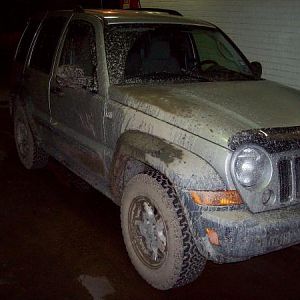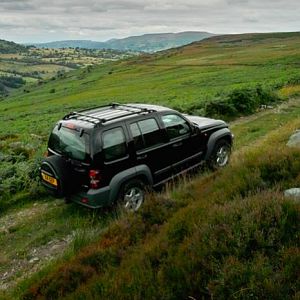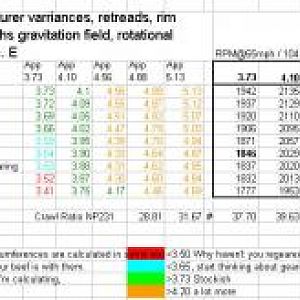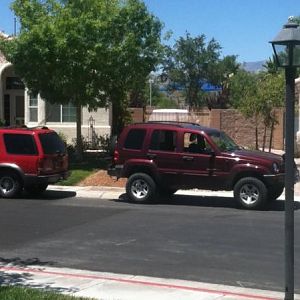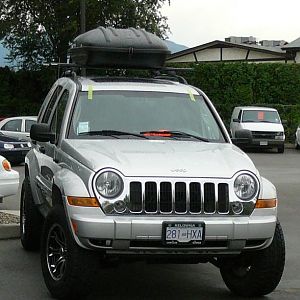Boaz
New Member
T^2 said:I strongly advise against compensating for poor fuel mileage by increasing tire pressure beyond specifications.
There is a correct tire pressure specification for every vehicle/tire combination. This "correct tire pressure" ensures that the tire has the correct profile for the weight (vehicle/axle) that it is supposed to carry. Both under and over inflated tires can be unsafe and cause additional wear and tear on the vehicle and tires.
One thing to note - the maximum tire pressure rating on the sidewall of the tire is for the maximum tire pressure required for the tire to bear it's maximum load rating. This is not the same thing as the recommended tire pressure for your vehicle. Your vehicle, even under load, may not weigh enough to even come close to the maximum load rating of the tire. Case in point - my Ranger has 31.5x10.5x15 floatation tires. These tires work just fine on full size pickups. Obviously the Ranger will never be as heavy (loaded or unloaded) as a full size pickup. Hence, my recommended tire pressure is well below the maximum tire pressure rating on the sidewall of the tire. If I exceed the recommended tire pressure, then my Ranger is no longer heavy enough to create the correct tire profile.
You should make sure that the tires have the correct pressure for the vehicle on which they are mounted. You can fine this information on the door sticker or in the owner’s manual.
If you should go to a non specified OE tire size, then you should ask the tire installer (or call the tire manufacturer) what the recommended tire pressure should be for your tire and vehicle combination.
Get an accurate pressure gauge and make sure you follow these recommendations. Check your tire pressure at least monthly. In between tire pressure checks visually inspect your tires daily. Here's what to look for.
Over inflation profile:
You must be registered for see images
Proper inflation profile:
You must be registered for see images
Under inflation profile:
You must be registered for see images
You can also use chalk to verify that you have the right tire pressure. Draw a line across the surface of the tire. Roll the vehicle in straight line so that the tire turns a couple of revolutions. Check the chalk marks. If the chalk marks is worn off all the way across the tire surface then you have the right tire pressure. If your tires are over inflated then your results will probably look something like this:
You must be registered for see images
If your tires are under inflated they will look something like this:
You must be registered for see images
Over inflated tires reduce the tires contact patch with the road and therefore reduces traction for turning, braking, inclement weather etc. Over inflated tires can cause serious steering control problems especially at higher speeds. Over inflated tires wear out faster and cause more wear and tear on the vehicles suspension parts because they can't absorb the shocks as well from abnormalities in the road (pot holes etc.).
Under inflated tires are said to be the leading cause of tire failure. Under inflation increases rolling resistance and heat. There is less "air" to support the load (overloaded tire) and the sidewalls have to make up for it. The increased sidewall flexing and generated heat causes damage to the tire and can cause blowouts and tread separation. Obviously the increase friction and heat reduces fuel mileage. The sidewall strength is reduced and can cause handling problems. Tire contact patch is also reduced - further compromising the handling and traction characteristics of the tire.
Bottom line - make sure your tires are set at the "correct" tire pressure for your vehicle. Don't try to out smart the engineers who designed the thing (most people are not qualified to do so.)
There are other things you can look at besides tire pressure to improve fuel mileage. Make sure air filters are changed and other periodic maintenance is done. Make sure that your engine/transmission controls have the latest updated flashes. Another thing to check are your driving habits.
When all prudent measures (fooling with tire pressure not being one of them) have been done to correct fuel mileage, then there comes a point where you are just going to have to learn to live with what you got. You can only get so much efficiency out of an engine/transmission/vehicle combination. If this combination doesn't meet with your satisfaction and it's a significant enough issue for you, than perhaps a new/different vehicle is in order.
I suggested running the tires at 38-39 psi.. spec is 35psi..... I am no where near the maximum tire pressure on the sidewall.... whats wrong with that?
BTW thanks for the pics and article. I will try the chalk test to see where I am on tread contact path.


